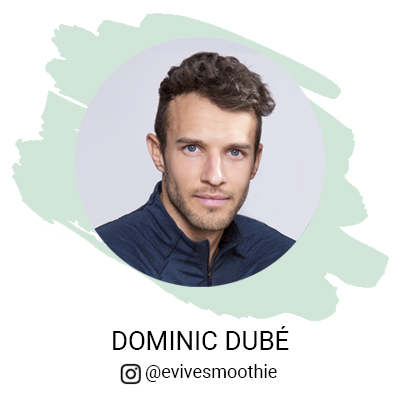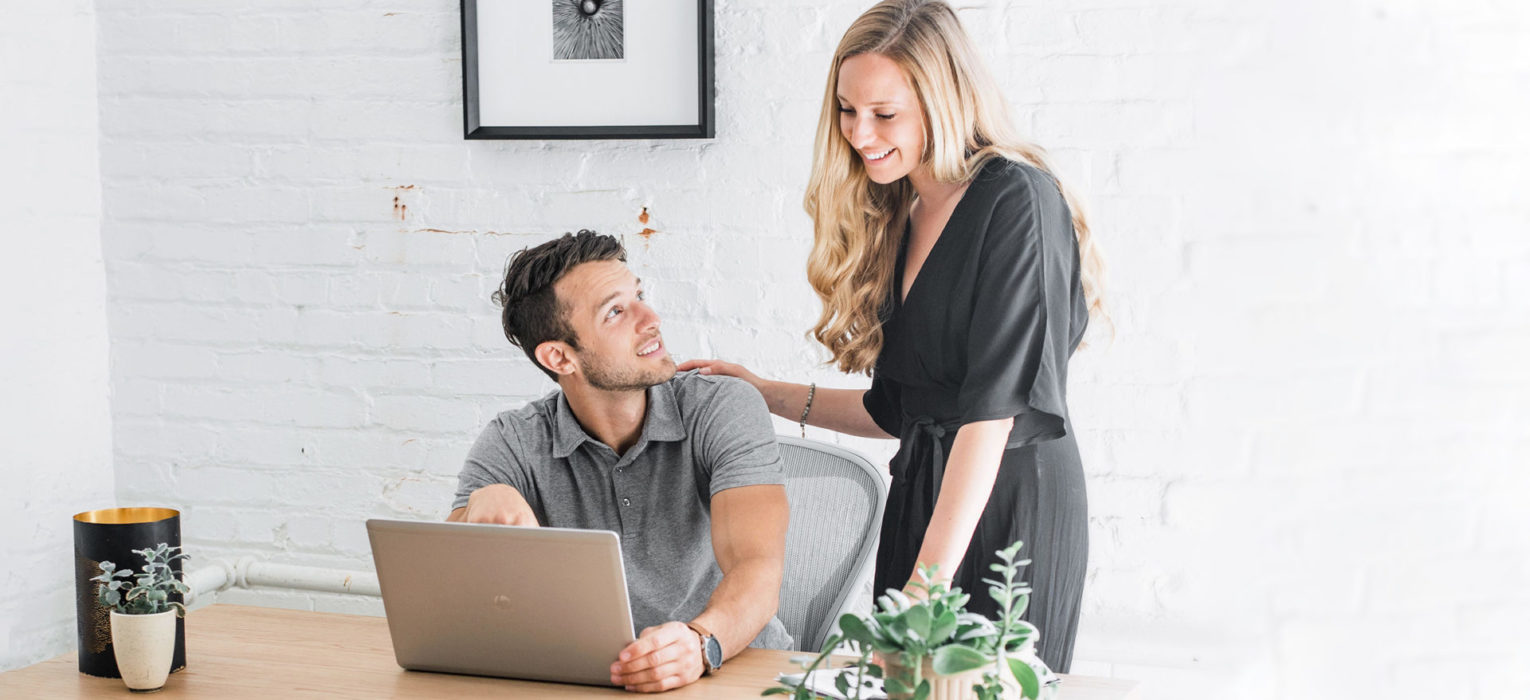This post is also available in: Français
In May 2015, Evive was born like most startups; in a garage.
Here was our business model:
- Mixed hand-cut fruits in a home blender
- Freeze on a slab
- Cut frozen smoothie cubes by hand with a knife*
- Scoop the cubes in a bag
- Pack up our car and deliver our frozen smoothie cubes across the province
*DISCLAIMER: If you consider starting a similar business, expect wrist injuries from number 3.
We had it all figured out. The perfect model if you want to serve 20 customers – not so much when you get approved for distribution in 200 IGAs…
So, we moved to Saint-Hyacinthe late 2016 and eventually came up with the idea of the cube mould which improved greatly our manufacturing method, opening us up to the world of e-commerce.
With the growth, we realized we needed money; more sales meant more fruits to buy, more sampling to do, more employees, more everything.
In May 2016, 1 year in, we applied and got a loan from BDC, PME Montreal and a grant from Foundation MTL Inc.
In May 2017, we raised a convertible note from our friends and family members. All that combined enable us to launch Evive and scale it from 0 to $2.6M in 2018.
In May 2018, 3 years after launching, we had an important decision to make. Do we want to keep growing at the same pace or slow down and be done with fundraising?
We didn’t have to think about it too much. We wanted to see Evive make an impact everywhere in North America.
In order to do so, we needed to raise more money. The bank wasn’t an option. I came to learn that they just aren’t wired to bet on ambitious and higher risk models. The best option was to find equity investors in the company. In other words, investment funds that were willing to buy shares of the startup.
Now, full disclosure: I’m far from being an expert on fundraising, so my idea here is to tell you our story and our thought process.
We wanted to keep doubling our sales every year. The question was: what is the strategy and how much will it cost? We needed a business plan and a financial model.
It’s September 2018, and I remembered that at a startup event in Montreal a couple of months back, I had met Vincent Biscaye, an ex-financial banker from Wall Street who had quit this world to launch a cold-pressed juice company.
After operating the juice company and going through many different phases, including fundraising, he decided to help us. It was a match.
From September to December, It took us more than 100 hours to translate the business plan into a financial plan. We needed $3.8M to finance and execute our growth plan.
Then, I built a pitch deck to drive investors’ interest in our company. It compressed Evive’s story in 15 slides: who we are, what we do, what we’ve accomplished, what we’re going to do next, and, of course, what we need money for.
January 2019, with a financial model in hand and a pitch deck, Vincent started to make the introduction to venture capitalists in the U.S. I also contacted every person I knew in Canada who might have a connection with investment funds.
There are thousands of funds in the U.S., but only a couple of them will invest in the food industry. Only a portion of them will invest in an early-stage company like Evive, and a very tiny portion of those will invest in a Canadian company with no record of U.S. sales. But I didn’t know that at first, so I had to pitch a lot – more than 50 presentations from January to May 2019 before getting our first interest.
Finally, we managed to hook the attention of 1 fund in the U.S. and 1 in Canada. But, unfortunately, after 2 months of hard work, the U.S. fund happened to lose all their financial backers right before closing the deal with us. With the Canadian fund, the terms were aggressive and potentially really bad for Clau and I. We couldn’t successfully negotiate those terms and although this was the last remaining option on the table, we took the difficult decision to walk away from the deal…
By then, I was exhausted. We were in July, I had been pitching for 7 months, and Clau and I were about to give up on this idea of fundraising.
We were considering slowing down at this point, but it didn’t feel right. We had to keep going.
An idea hit us. Instead of only chasing after the big funds, let’s see if we could earn the interest of angel investors?
These individuals, most of them long-time consumers of Evive products, showed a strong interest in the investment opportunity. We were onto something.
In just 3 weeks, I had raised half a million dollars, plenty enough to take a breath while executing our plan. With that money on hand, it boosted back my energy to start pitching again to Canadian funds.
It was then I met Renewal funds. We loved them from the start. They are doing what is called impact investing. It’s not simply glorifying profit at all cost, it’s people, the planet and profit, all measured at an equal scale. The stars were aligned, they were now ready to look at Evive.
November 2019, they confirmed their interest in Evive, but it was too soon to celebrate. After all, I had seen this happen twice before…
From November to December, we agreed on the terms. On December 24th, all the docs were agreed upon, but I still have to get all 11 people to sign in a specific order. Christmas was just hours away.
I was so determined to close before the end of the year – just to be able to get off the emotional roller coaster ride of the past 18 months of fundraising…
On December 27th, on a plane to Hawaii, I received an email from my lawyer telling me that we had reached the finish line; only our signature was missing. We signed and got a cheap bottle of wine to celebrate. It was an incredible moment, but a short one.
I got really sick on the plane and for 3 days. Maybe it was the cheap wine, but most likely all the intensity and stress from the round coming down all at once.
Here we are in 2020 with an unstoppable team and the financial means to scale Evive to our wildest ambitions.
Now, the real work begins! 😉



Leave a Reply